If like me, you have the chance to drive in the best current electric car on the market, namely A Hyundai Ioniq 5 And that you freak out that its battery does not turn into an inert lithium brick before the end of your leasing, know that your car has a hidden superpower that 90% of the owners do not exploit: battery packaging.
Because yes, mastering this functionality is 60% time saved with each winter recharge And that we don’t tell us !!
So what is this famous packaging, of which all youtubers specializing in electric vehicles speak with stars in your eyes?
Well, roughly, it’s a system that warms (or cooled) your battery before use so that it is at the ideal temperature. On your Ioniq 5, this magic beach is between 20 ° C and 30 ° C. Visualize your battery as a lasagna dish & mldr; Too cold, it warms slowly and unevenly. Too hot, it crumbles it. Perfection is when it’s just hot right proper to be tasted.
The IONIQ 5 battery packaging system activates automatically when you indicate a quick charging station as a destination in the integrated GPS (Be careful, not that of Google Maps or Waze, but only the application of Hyundai). The car then calculates when starting the preheating according to your distance from the terminal. If for example, it is 30 minutes, the system will light about 20 minutes before your arrival.
Technically, the IONIQ 5 uses electrical resistors and/or its heat pump to heat the heat transfer liquid that circulates in the battery pack. Everything is managed by the BMS (Battery Management System), the electronic brain that watches over your precious battery. This feature officially landed on the 2023 vintage, but was also added via updates to previous models.
To activate it, check that the “battery packaging mode”Is well checked in the vehicle settings (“ VE ”menu). You will need at least 25% load so that the system deigns to light up.
But why brought life to all of this? In cold weather (around -5 ° C), an unjusted battery can see its recharging speed fall 70%. Suddenly, instead of your 18 minutes to go from 20 to 80%, you could play more than an hour at the terminal. This is the difference between an express coffee or reading a complete novel by George RR Martin during your recharge break.
Recharge a cold battery is like trying to run cold honey & mldr; It goes, but it is infinitely slower because the BMS will voluntarily slow down the load speed to preserve the battery.
In extreme cold (less than 10 ° C), your battery becomes as reactive as a lazy under sleeping pills. This is where the packaging enters the scene & mldr; It is The ultimate hack For ioniq 5 owners. If you plan a quick recharge, enter your destination in the integrated GPS 30-40 minutes before to arrive at the terminal. At -5 ° C, you will go from a pitiful load capped at 55 kW to a curve easily reaching 180-200 kW. It’s like going from ADSL to fiber optics for those who have known!
Without this precaution, you will be the victim of the infamous “Coldgate”: the terminal proudly announces 350 kW, but your car caps at 50 kW due to an overly cold battery.
Even without imminent recharge, an ice battery can lose up to 50% of its efficiency in winter. The solution? Program a fixed departure hour via the Bluelink application when your car is connected. It will automatically preheat the battery and the cabin before your departure.
Going into a perfectly heated/defrosting car without turning an engine in winter, it’s really happiness! And if your car is connected to the mains, all the energy used for air conditioning will come from the network and not from the battery. Over a year, this tip can save you until 5% autonomy On your daily trips.
This packaging is not only for your comfort, it is also life insurance for your battery at € 25,000. Extreme temperatures accelerate the degradation of cells. In winter, keep your car connected to keep the battery at a minimum temperature and in summer, avoid recharging immediately after a motorway journey and let the battery “blow” for a few minutes. You can also activate the climatization of the passenger compartment, which will help to cool the battery pack via the thermal exchanger.
These little attentions could thank you in the long term by 3-4% additional capacity preserved After 3 years of use. A nice return on investment for a few clicks in an application, right?
Now let’s talk about the ideal charging strategy. The golden rule of lithium-ion batteries is simple: they “prefer” operate in the slice 20% –80% load. It is not a geek superstition, it is pure chemistry and Hyundai knows it well since they directly offer the option “Optimize battery longevity”Which limits the load to 80% by default.
If you consume 10-15% battery per day on your home-work trips, you can perfectly load 80% and drive several days before going back to 20-30%, then recharge again. Unlike old batteries, there is no memory effect, so no need to go down to 0% or go up to 100% regularly.
What damages the most a battery is to stay at 100% (especially in hot weather) or stagnate at a very low level. Ideally, avoid going down under 10-15% regularlyand don’t leave your ioniq parked 100% if you don’t need it.
Partial and frequent cycles are even beneficial because your battery prefers that you recharge it from 50% to 80% each day rather than making a 10% -100% once a week. It’s counter-intuitive, but that’s how modern batteries work.
And do not completely ban the charge 100%. Hyundai recommends a full load approximately Once a month To balance the cells and allow the BMS to recalibrate. The best is to do it just before a long journey, so as not to leave the battery 100% too long.
For your daily recharges, preferably use a slow AC terminal (7-11 kW) rather than ultra-fast DC loads. The latter generate more heat and seek the battery more. Keep the fast loads for travel, it’s better!
By applying these good practices, you should keep more than 90-95% of the initial capacity of your battery after 3 years of use. In financial terms, this represents a value preservation of around 2000-3000 € when resale or end of leasing. This is the difference between reselling a vehicle which still has 450km of autonomy versus one which is only 380.
In addition, your IONIQ 5 is full of features that even sellers do not always master. Here are the nuggets to know:
The vehicle-to-lot function (V2L) is the secret weapon of the Ioniq 5. With the supplied adapter (which connects to the load) or via the 220V socket under the rear seat, you can power virtually anything: computer, fridge, DIY tools & MLDR; until 3.6 kW.
Your 84 kWh battery can operate your gamer setup PC for an entire weekend, supply a fridge and some lights for a power cut (up to 24 hours), recharge 40 times an electric bike, or even power a coffee machine and a video projector for an outdoor cinema evening.
Some even used their IONIQ 5 to supply electric tools when renovating an isolated house, saving the purchase of a € 800 generator. It’s like having a silent and emission generator group, always available!
Another specificity little highlighted is the “i-pedal” driving which allows you to drive with a single pedal. By activating the left puck at the wheel when you are already at level 3 of recovery, you activate this mode which brakes strongly as soon as you release the accelerator, until complete stop.
Not only is it comfortable in town, but that maximizes energy recovery with each slowdown. Real tests show up to 15% additional autonomy in urban conduct thanks to this technique. And your brake pads will thank you too!
I also like to roll in eco mode, but also with the “car” energy recovery mode which allows the car to “slide” over long distance without consuming battery, a bit like a bird that beats wings 2 or 3 times before being hovered over a good distance.
Via the Bluelink application, you can also set separate limits for home load (AC) and fast (DC). For example, 80% for your daily expenses And 100% for traveling loads. An optimal strategy would combine an 80% domestic load programmed in off-peak hours, and a fast load at 90-100% only for long journeys.
THE utility modelittle known, allows you to use air conditioning and electrical equipment at the stop without the car being completely “on”. Ideal if you wait for someone, work in your car or use it to camp.
With the 84 kWh battery, you can maintain air conditioning for More than 60 hours without recharging. Owners even made road trips while sleeping in their car, equipped with an inflatable mattress on the rear seat folded & mldr; The equivalent of a mini motorhome without the drawbacks.
The IONIQ 5 is also equipped with an air diffusion system that distributes the air conditioning or heating flow via dedicated openings, avoiding the direct breath of the traditional mouths that dries up the eyes.
Combined with heated/ventilated seats and the heating steering wheel, this system can reduce your winter consumption by 10-15%. In advanced settings, you can even program the heated steering wheel and the heating seat so that they activate automatically according to the air conditioning settings.
Do not neglect software updates! Hyundai regularly improves the features of Ioniq 5 via OTA (Over-the-Air) or dealership updates. Regularly check in the Bluelink application or from your dealer if new updates are available.
You now have all the keys to transforming your IONIQ 5 into a real optimized energy station. These tips will not only allow you to fully enjoy the promised ultra-fast recharge (even when your Tesla colleagues are blocked at 60 kW in the cold), but also to preserve the health of your battery far beyond 3 years of manufacturer’s warranty.
To summarize:
- Activate battery packaging in settings
- Always use the integrated GPS to navigate to the fast terminals
- Limit your daily expenses to 80%
- Make a full 100% load once a month
- Explore V2L and I-Pedal features to maximize the life of your investment
Have a good trip!
Source link
Subscribe to our email newsletter to get the latest posts delivered right to your email.



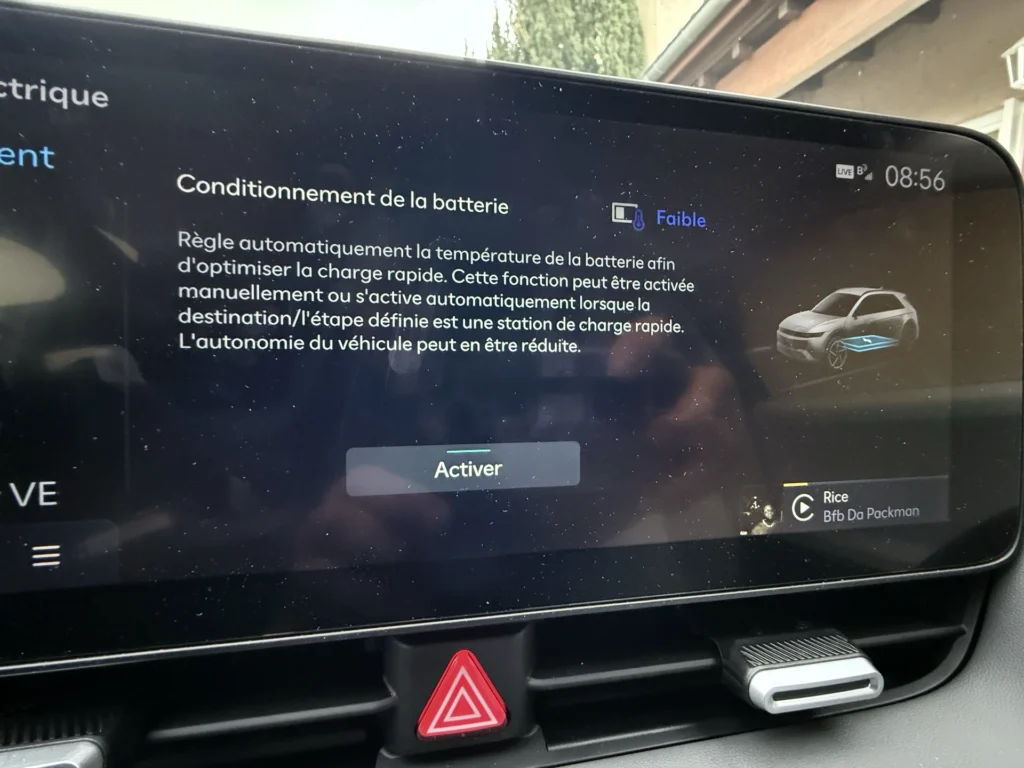



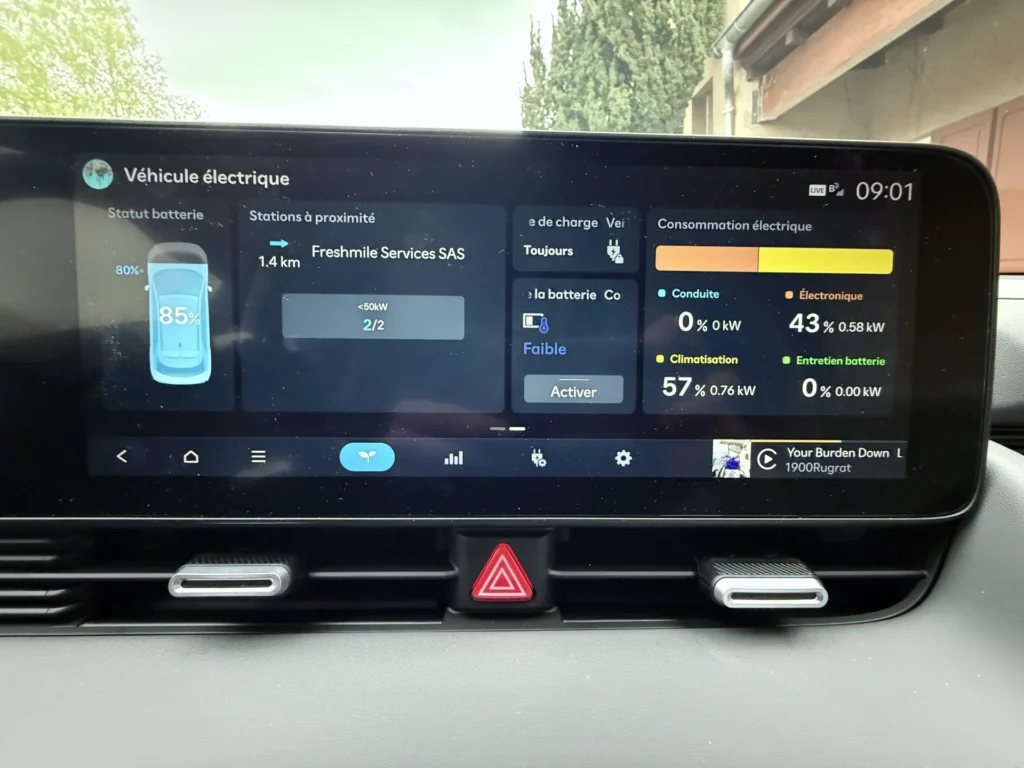

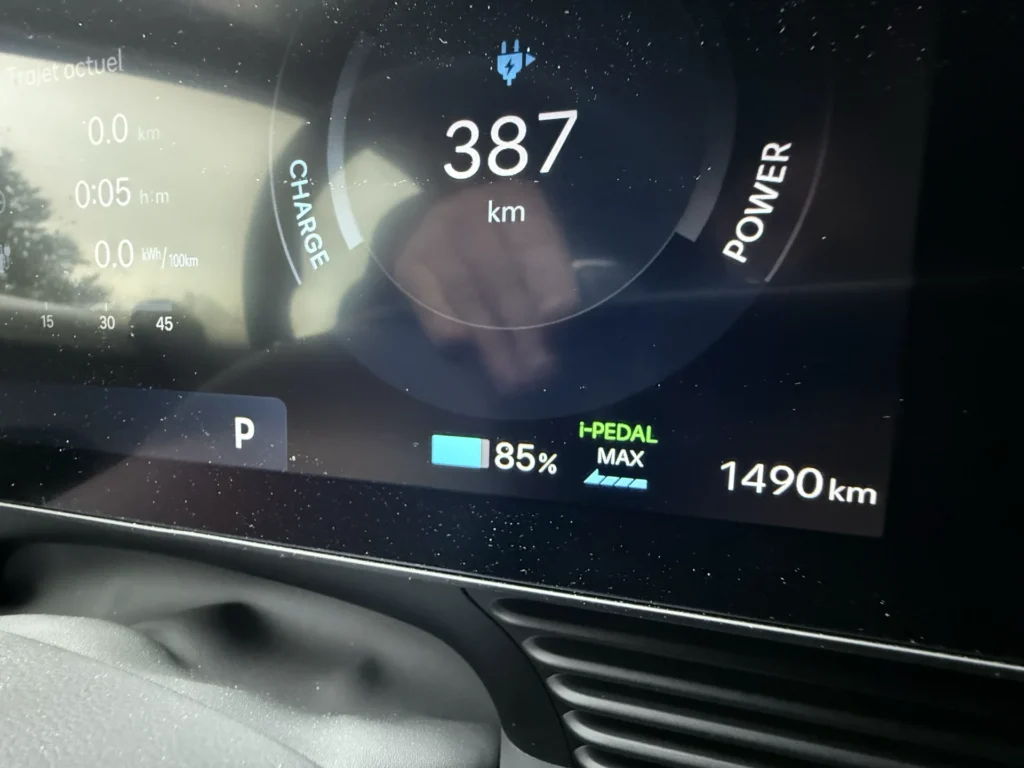
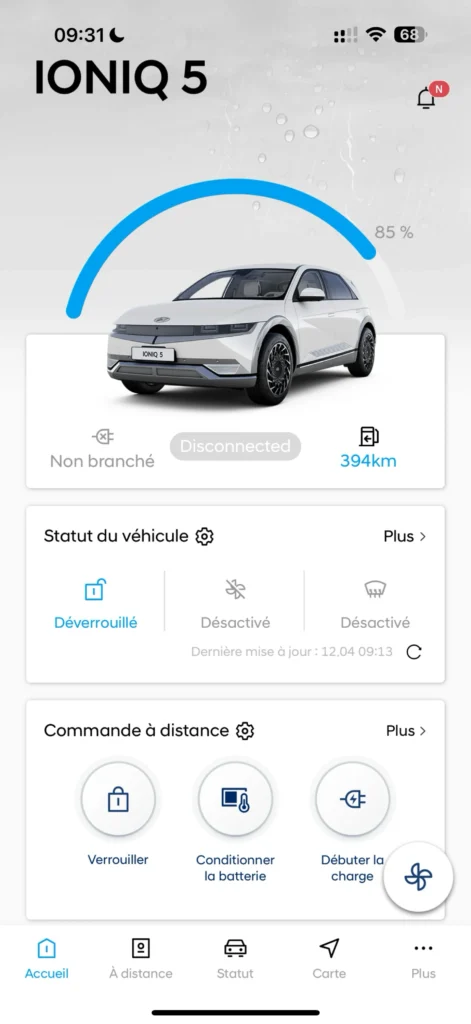

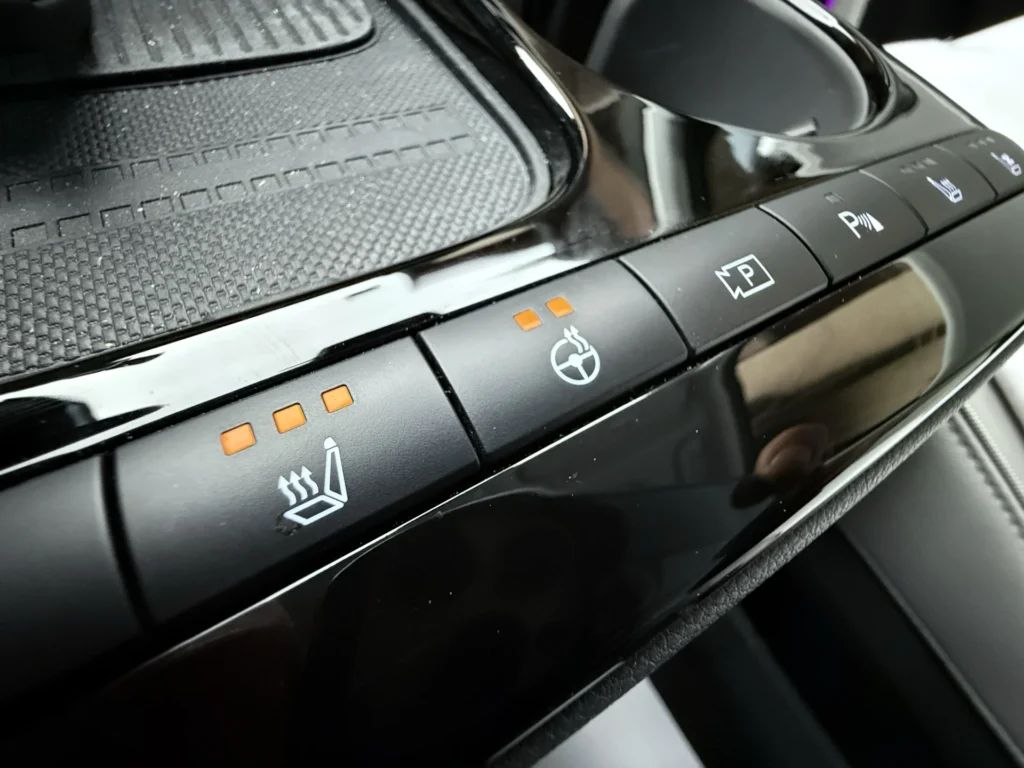
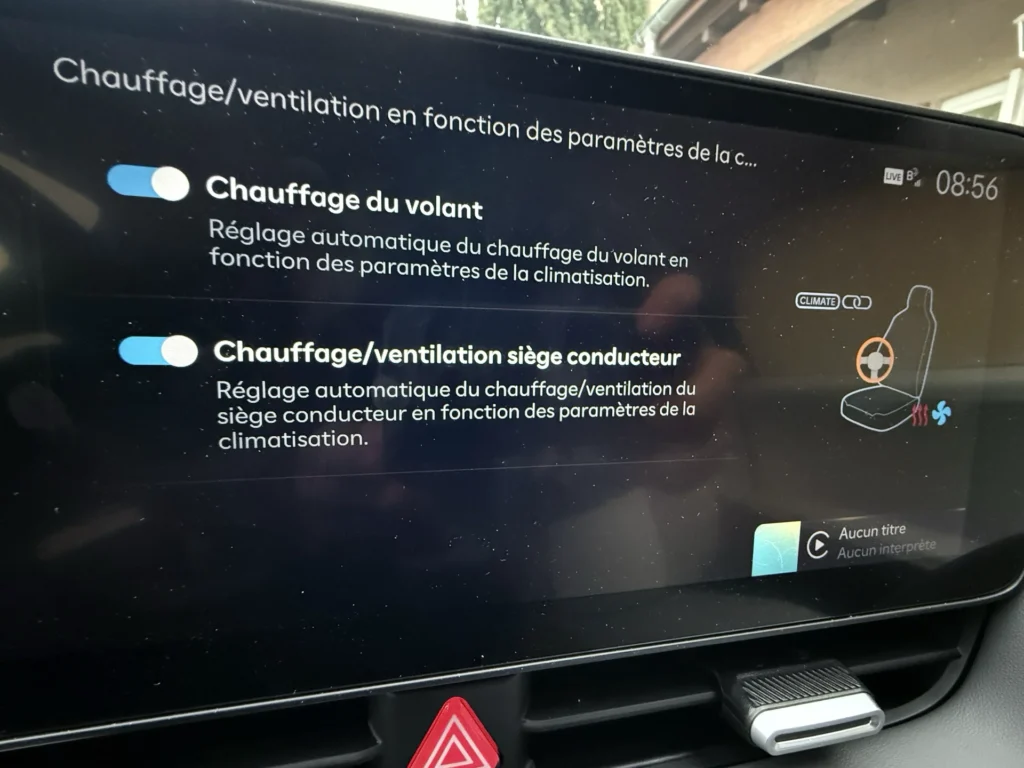
Comments